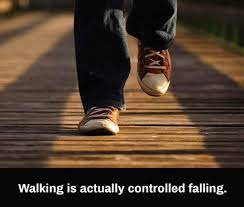I'm not a diplomatic teacher, and that sometimes turns people off...I can make no apologies. I am not diplomatic here. There has been too much belittling of Tai Chi and I explain that below. I teach students to also check their reasoning in Tai Chi. My teacher does not pussyfoot with me either, he calls me on it when my reasoning is wobbly or way off.
Dual purposes here in this video link
When you view the video, read my blog and Facebook, in-depth, I think you'll find the raison d'etre of Classical Tai Chi is not stress and inner peace. Many things call themselves Tai Chi but are merely exercise or "wine and cheese" excuses to socialize...they are not Tai Chi. In my experience, those Tai Chi's all cut corners in learning. Take out movements here, take out moves there, and pretty soon it does not resemble what should be passed on. You do all that cutting of corners and the whole logical structure collapses. There has been way too much of that
In my experience, those things like stress relief are "perks" however that come with much, much time, not a fad of the month club. Tai Chi's existence is to enable one to attain longevity while living like a young person ( while living in the springtime of one's life). This takes time to come.
Many people don't think Tai Chi is a martial art. Yang Wabu (my teacher's teacher) was a top-notch martial artist when he met his teacher Wu Chien Chuan. Yang was already a Master of Pekkwar Monkey Boxing and versed in numerous other external styles martial arts . He was well-known in Hong Kong. Yang told my teacher that he could not mount an attack against Wu because Wu would just keep him off balance. That is Tai Chi as a martial art.
I talk to many people who not only don't think Tai Chi is a martial art, they run the other way when you tell them it is. In light of things like Tai Chi for seniors, Tai Chi for spiritual growth, Tai Chi for stress relief, Tai Chi for idiots (name of book on Amazon) Tai Chi for arthritis, Tai Chi for Fibromyalgia, Tai Chi for kids, etc. is there any wonder why people think that way? I am a martial artist but above all, I'm here to right the Tai Chi ship not cater to Heinz's 57 varieties of Tai Chi.
Tai Chi has to achieve 2 purposes, be there for martial ability and be there for health. It comes from martial artists, for instance, Wu Chien Yau and his son Wu Chien Chuan were bodyguards in the Imperial Palace and officers in the Manchurian Banner Guard. They learned from the Yang Family (martial instructors of the emperor's family), and Yangs learned from Chens. Wu Chien Chuan (bodyguard/soldier) was a teacher of Young Wabu who was the teacher of Stephen Hwa who is my teacher.










